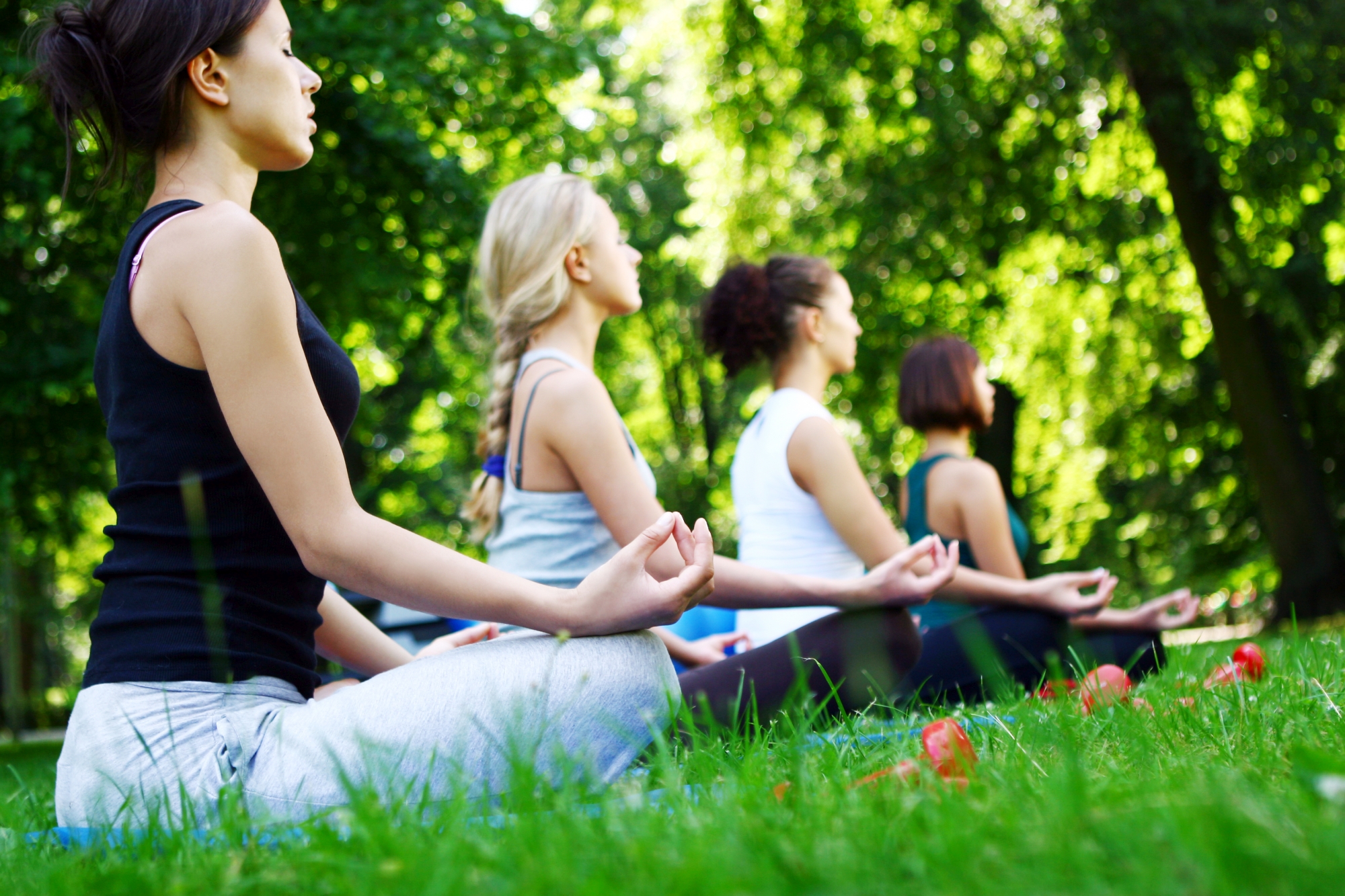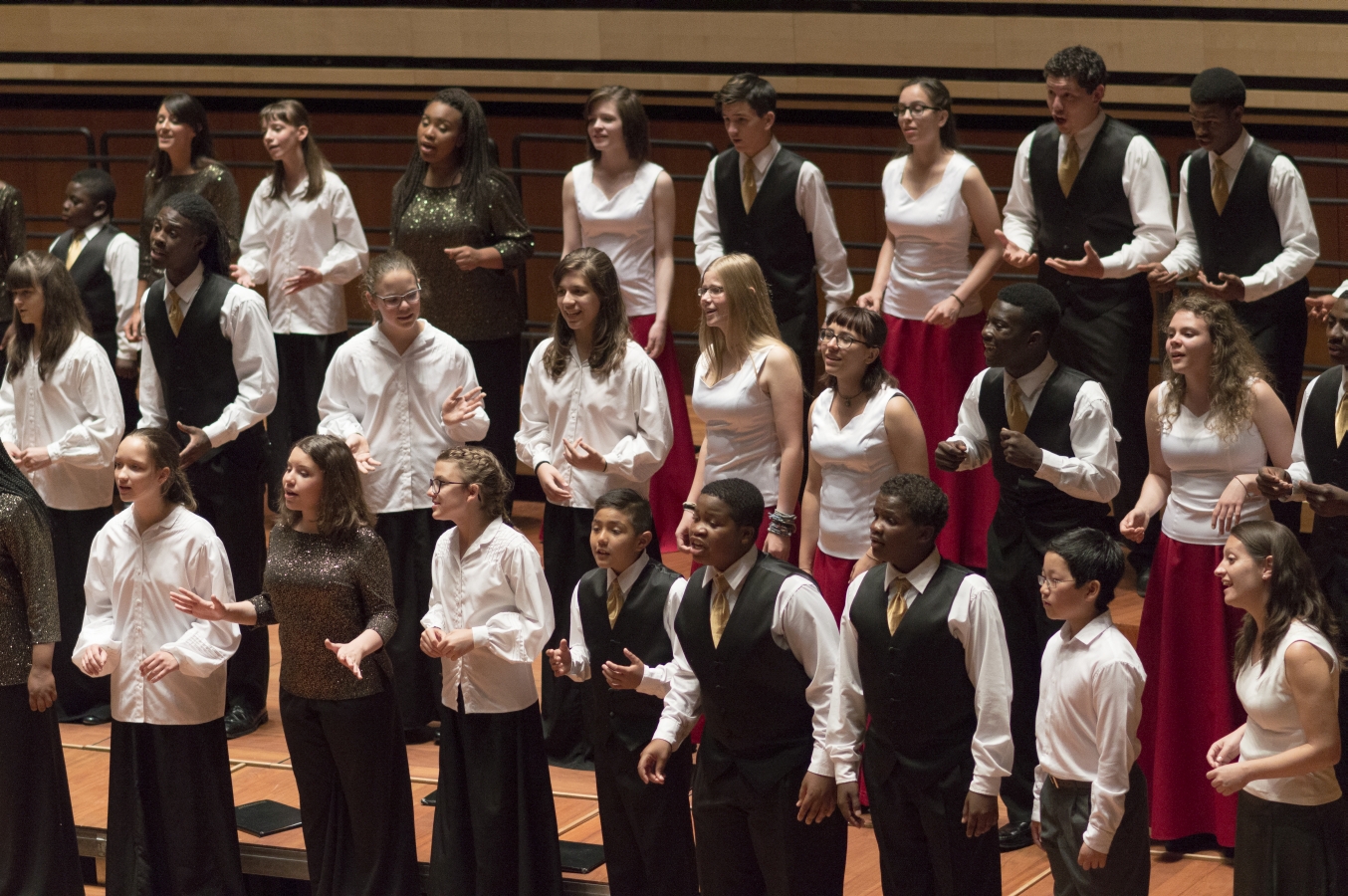Feel the Music
6

Category
vocal
Age
12+
Number of participants
8-12
Duration
approx. 25 min.
Working method
group work
Musical abilities of the trainers
1 2 3 4 5 6
Equipment and instruments
- black/whiteboard, papers, crayons
- optional: music player / app
to play the song
Competences
- collaboration
- attention
- concentration
- movement coordination
- sence of rhythm
Feel the Music
This activity is generally a warming-up exercise, it gives
the participants the opportunity to get to know each other.
AIM
In addition to the participants’ steady beat, this task is suitable for the development of many competencies through improvisation and quick, yet accurate reaction. It helps to develop musical skills and competencies, i.e. sence of rhythm, concentration, patience, and assistance to practising impovisative chamber music.
Description
- The instructor plays a song to the group and asks them to concentrate on its characteristics.
- As the music is played, allow participants to walk up to the black/whiteboard and write one word that describes what they are listening to. After some minutes, a lot of words will be on the board.
- The next step is to ask the participants to group the words into categories. Select the words that relate to instrumentation, rhythm, genre, tempo, timbre, melody, lyrics or the mood.
- Each aspect can be discussed with the participants to help them learn more about music appreciation.
If we choose a popular melody, we can sing along with the recording at the end, or we can improvise a rhythm to it with instruments.






Recent Comments